Jan Możdżyński
Objects of Worship | 22.03.2019
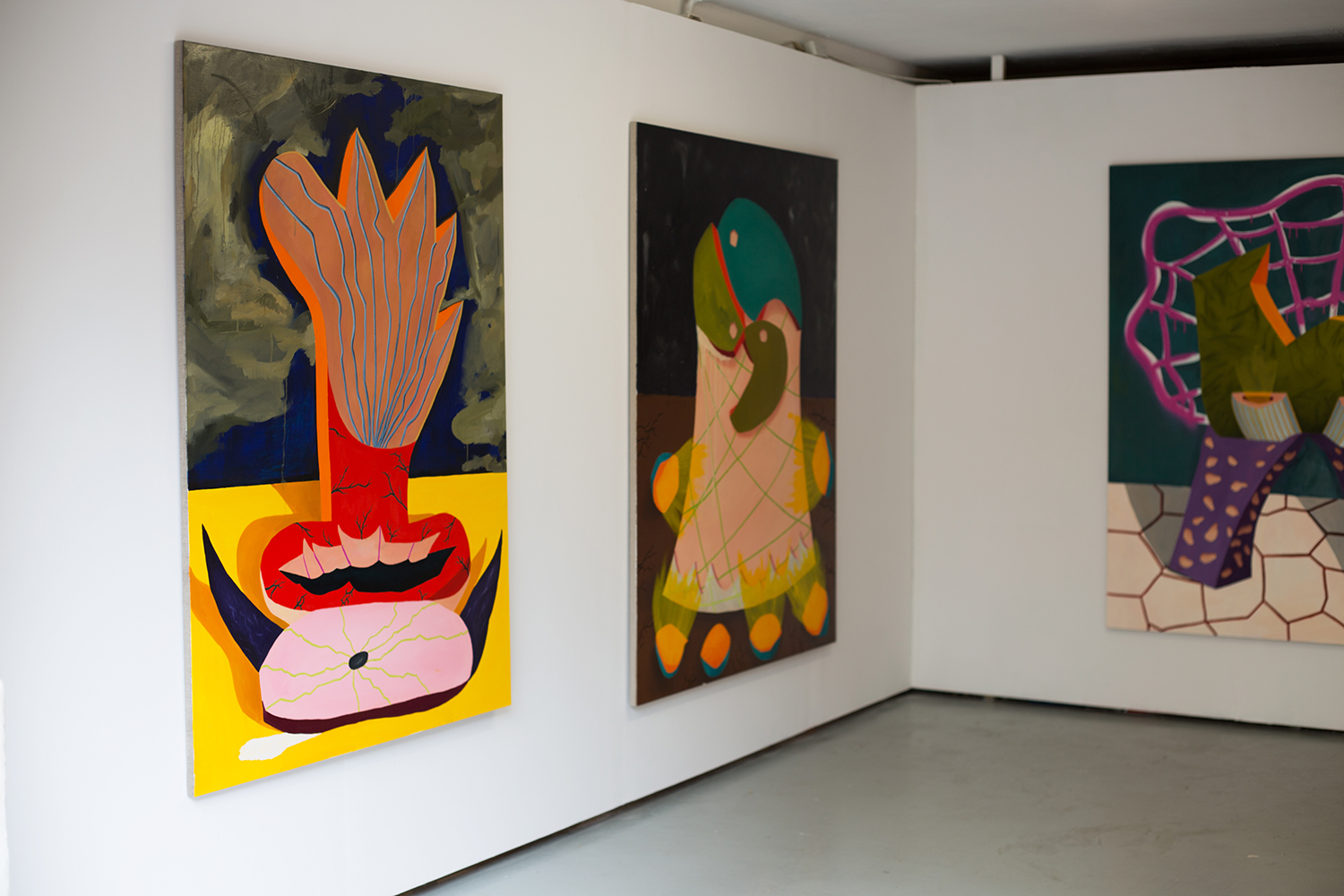

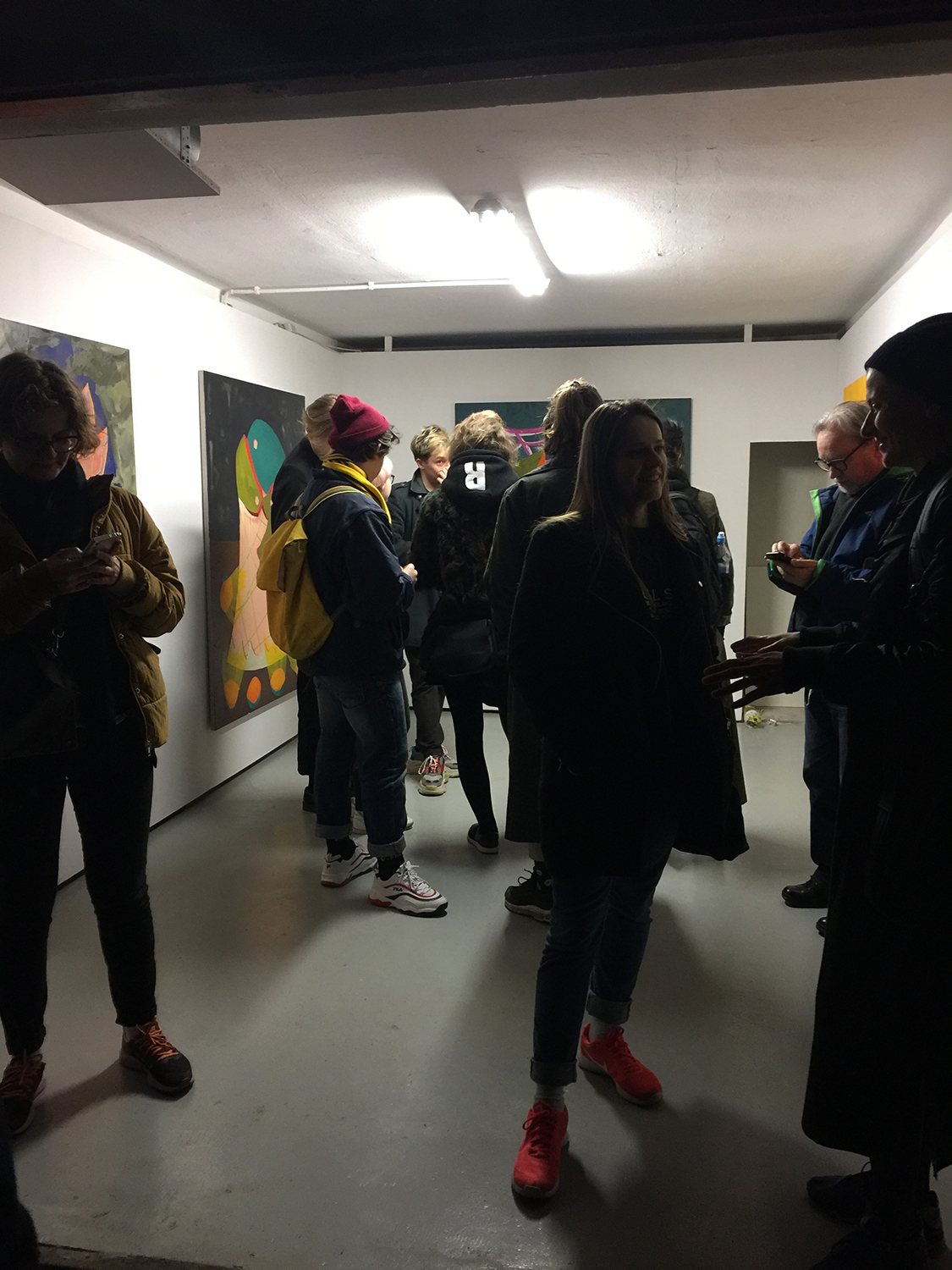
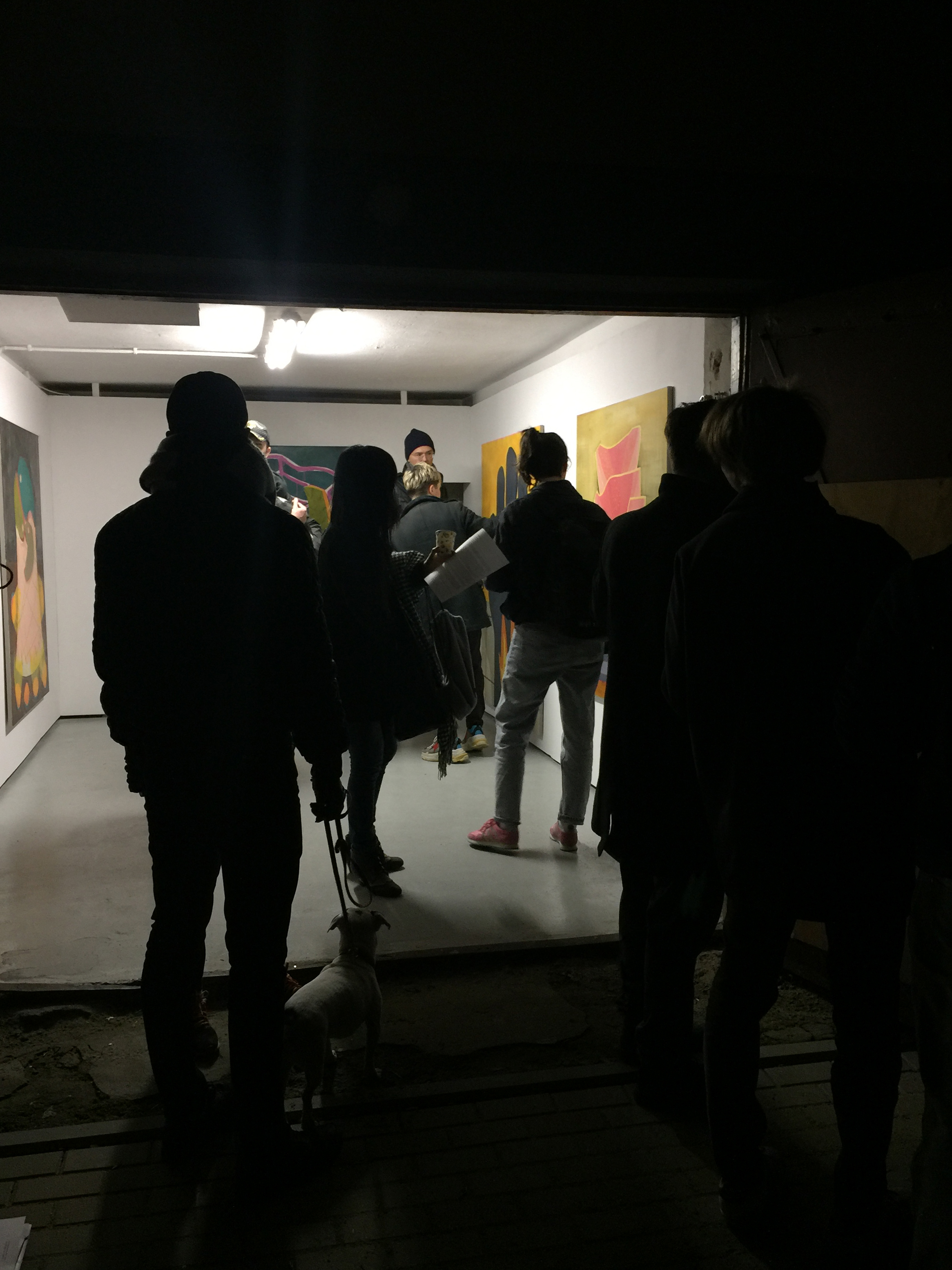
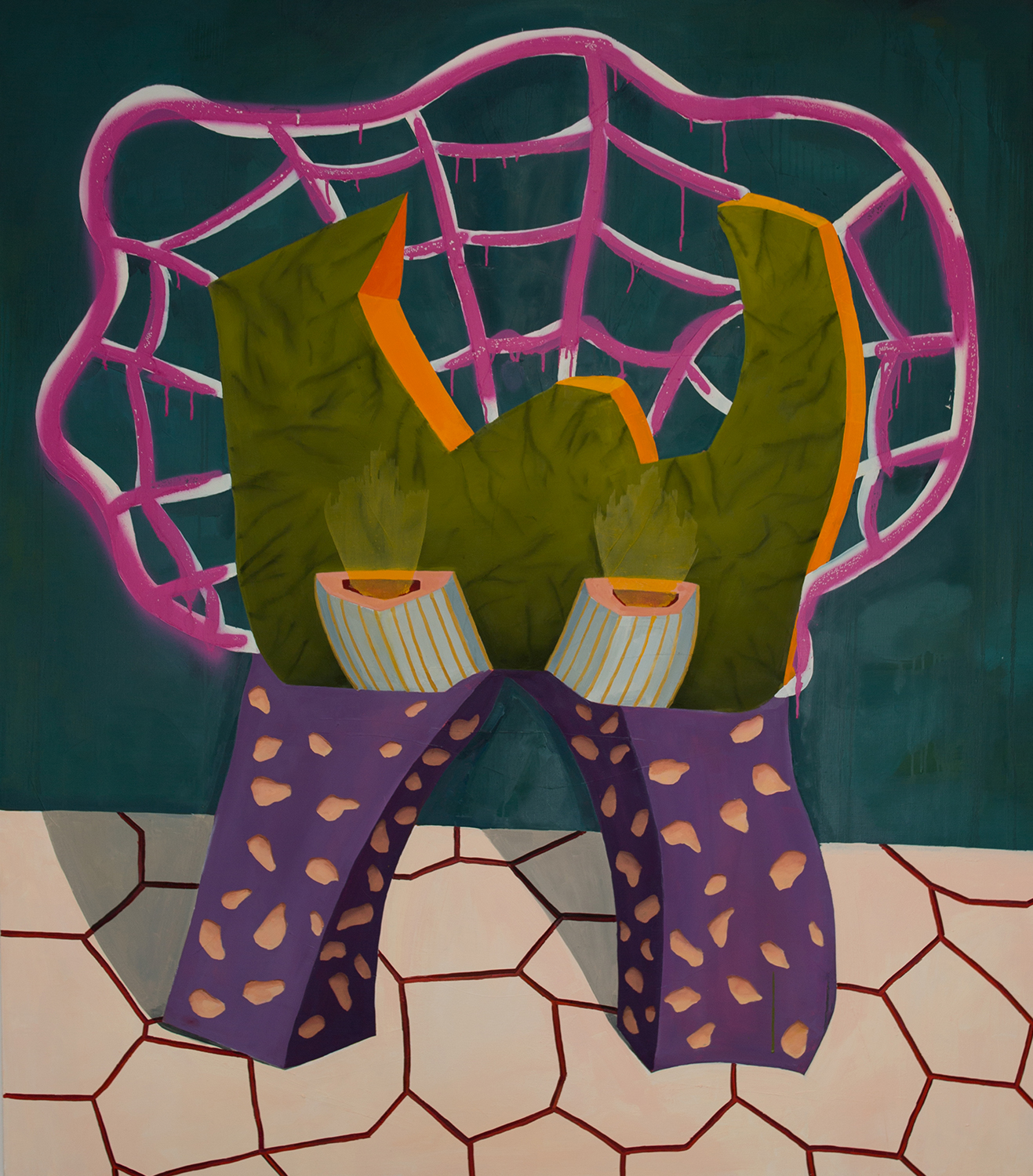
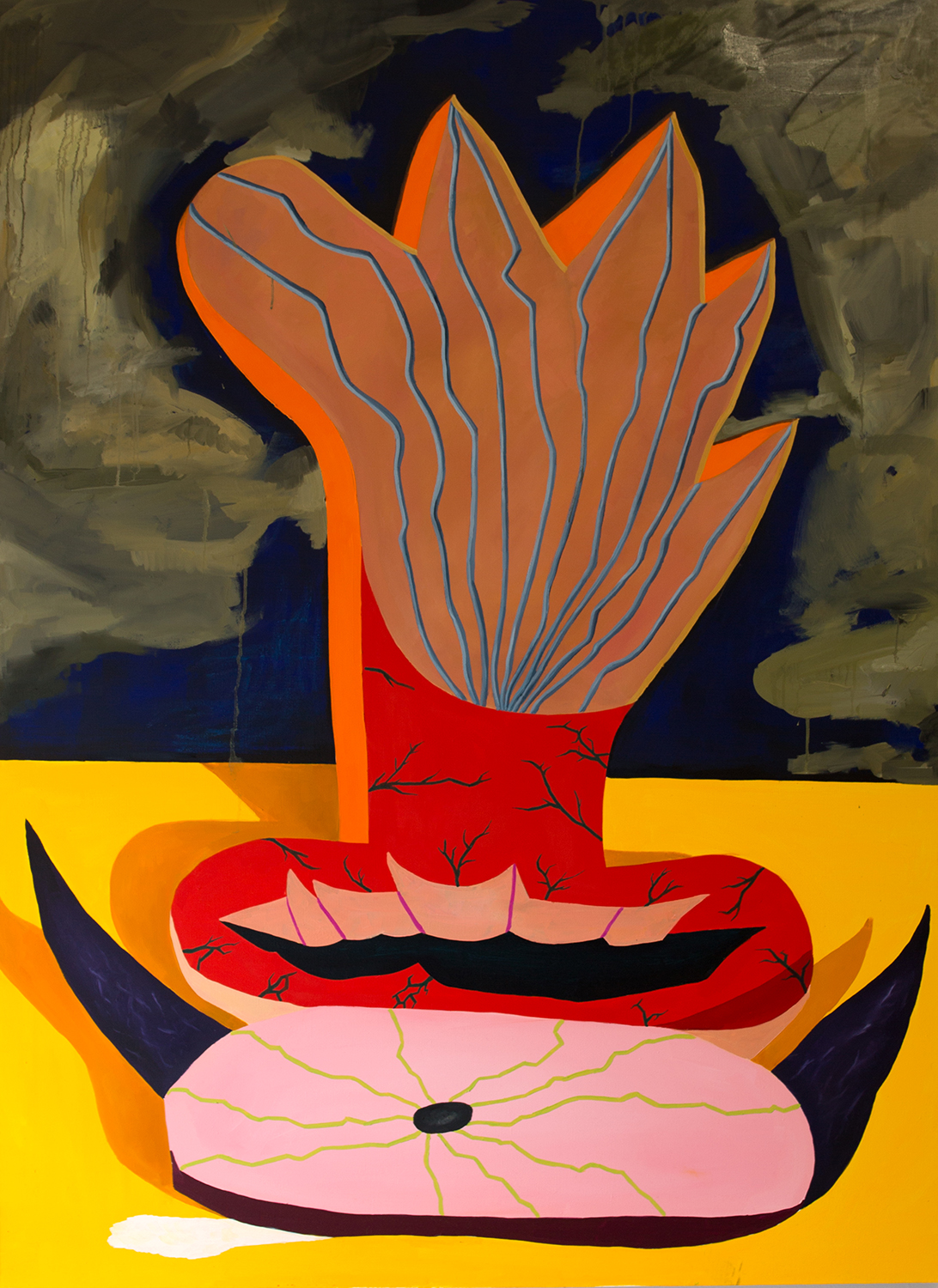


The pendulous testicles of the sphinx that adorns Oscar Wildes’ tomb in Père-Lachaise cemetery have become so polished from the touch of adoring hands that authorities have protected them with a plaque to prevent further wear. Covered with kisses and graffiti, the tomb has become a site of pilgrimage, transformed into a monument by and for the queer community.
Whether intentionally dedicated to othered communities or not, places like Wilde's grave or the Pink Dolphin Monument in Texas are rare in the history of the monument. Monuments are built to memorialize, to honor. They become sites of worship and gathering, as well as examples of the malleability of history and the attening of historical memory. As social and political ideals and values change, so does the context and meaning of such sites, often turning the monuments themselves into sites of conict. They become emblems of one-point perspective, standing instead for the myopic visions and realities of those in power, often neglecting the nuance and range of experience of the events or humans that these markers are supposed to represent. These proxy battles are power struggles that can greatly complicate seemingly simple, humanitarian gestures. For example the innocent symbol of the rainbow, like the 2012 work Tęcza (rainbow) in Pl. Zbawiciela (Savior Square, Warsaw) This piece, erected to promote positivity and inclusion, was instead vandalized on several occasions as it came to represent perversion to the opposing forces.
Violence and lack of diversity related to white-washing or silencing the history of marginalized groups extends beyond the monument, to broader areas of architecture and public space. Contemporary Western architecture is saturated with heteronormative masculinity. Scholarly research on the relationship between space and sexuality began in the seventies. It wasn’t until the early nineties that the phallic nature of the shapes of towers, skyscrapers, and other foundations of the constructed environment were articulated in a seminal text by Beatriz Colomina(1). Judith Butler also writes on the role of architectural constructions in performing gender, stating that through the series of activities played and imposed on us by the cultural circle in which we live, the environment gives us gender(2).
In his latest works, Jan Możdżyński focuses on issues related to gender identity and sexual minorities. He opposes the long tradition of daily violence against women, making public space, the monument, and historical memory the axis of his narrative.
Możdżyński asks whether in a world of monuments that typically commemorates statesmen, historical events and victims of catastrophes, is there a space for monuments that celebrate sexual pleasure and joy? And, not necessarily the joys and pleasures of the hetero man. Relegating these questions and visions to the world of hopes and dreams, Możdżyński paints these “portraits” with the assumption that such monuments could someday stand proud on Polish soil. This is a queer vision, a vision of openness and tolerance for the totality of the human body and mind.
1- Beatriz Colomina, Sexuality&Space, Princeton Papers on Architecture, 1992
2 -Judith Butler, Gender Trouble, Routledge, Chapman&Hall, 1990; Judith Butler, Critically Queer, Gordon and Breach Science Publishers, 1993
(PL)
Obwisłe jadra snksa zdobiacego grobowiec Oscara Wilde’a na paryskim cmentarzu Pére-Lachaise, były tak wypolerowane od dotkniec dłoni, ze zasłonieto je plakietka, by nie odrózniały sie od pozostałych czesci grobu. Pokryty pocałunkami i grati grobowiec stał sie miejscem piel-grzymek, przekształconym w pomnik społecznosci queer.
Niezaleznie od tego czy powstawały konkretnie w celu upamietniania mniejszosci, czy nie, miejsca takie jak grób Wilde’a czy monument Rózowego Delna w Texasie naleza do rzadkosci. Pomniki buduja pamiec, czcza jakas historie. Sa miejscami kultu, spotkania, sa przykładem jak uzywamy i wykorzystujemy przeszłosc do własnych celów. Walki wokół nich sa w gruncie rzeczy wojna o zagospodarowanie przestrzeni historycznej dla własnych celów politycznych i zyskania wyborców. W tej walce na pomniki uderza zaciekłosc: jest to zastepcza bitwa o przeforsowanie własnej wizji dziejów i własnej gradacji postaci oraz symboli. Nawet tak niewinny znak, jakim była tecza na placu Zbawiciela, budził skrajne opinie i był potepiany jako symbolu „zboczenców”.
Poczatek badan nad zwiazkami przestrzeni z seksualnoscia to siódma dekada dwudziestego wieku. Waznym wydarzeniem było pojawienie sie w latach dziewiecdziesiatych publikacji Beatriz Colominy(1), która w kształtach wiez i innych budynków dopatrywała sie symboliki fallicznej. Zbadała takze wpływ kolorów i kształtów architektonicznych na nasza seksualnosc. O roli konstrukcji ar-chitektonicznych w procesie performowania płci pisała równiez Judith Butler, stwierdzajac, ze przez szereg czynnosci odgrywanych i narzucanych nam przez krag kulturowy, w jakim zyjemy, otoczenie nadaje nam płec. Współczesna zachodnia architektura przesycona jest meskoscia. Popularne jest w kulturze postrze-ganie, ze autorzy budynków, podobnie jak struktury, które projektuja, ucielesniaja istote meskosci. Kobieta to z kolei natura, która czeka na okiełznanie przez meskiego zdobywce(2).
W najnowszych pracach Jan Możdżyński koncentruje sie na watkach zwiazanych z tozsamoscia płciowa i mniejszosciami seksualnymi. Przeciwstawia sie długiej tradycji codziennej przemocy mezczyzn wobec kobiet, czyniac przestrzen publiczna, pomnik i pamiec historyczna osia jego nar-racji. Mozdzynski pyta, czy w swiecie pomników upamietniajacych tylko mezów stanu, wydarzenia his-toryczne i oary katastrof, jest miejsce na monument wychwalajacy przyjemnosc i radosc zwiazana z seksualnoscia? I to w dodatku taka, która nie koniecznie uwzglednia mezczyzn. Czy jest miejsce na rozmowe o przyjemnosci? Pozostajac w sferze przypuszczen, nadziei i marzen, Możdżyński nie tworzy zycznych modeli tych obiektów. Maluje obrazy przedstawiajace ich wizje, z załozeniem, ze takie pomniki mogłyby kiedys stac dumnie na polskiej ziemi. To wizja alternatywna, wizja otwartosci i tolerancji odmiennosci.
1 - Beatriz Colomina, Sexuality&Space , Princeton Papers on Architecture, 1992
2- Judith Butler, Gender Trouble , Routledge, Chapman&Hall, 1990; Judith Butler, Critically Queer, Gordon and Breach Science Publishers, 1993